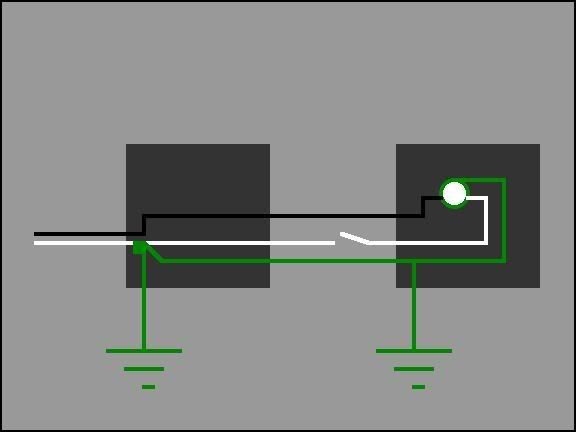georgestolz said:
No, it's not. Read 250.32(B)(1):
The neutral is not to be connected to the EGC or to the GES at the remote structure, when the feeder includes an EGC.
So, I ask again:
You didnt read or hear.
Your 4 wire GC and EGC are connected back at building #1.
An open neutral at building #1 will place building #1 and #2 with potential/ "floating neutral" syndrome.
Why George, listen this time, your EGC connected at #1 building is connected to your EGC bus at #2 building and all its branch EGC's and interior metal piping and all the rest of its GES.
Don is right. We dont have open neutrals "much" in panels [busbars some, yes] But not many main lugs.
But I have had to troubleshoot a boatload on the line side of a service. And a hell breaks loose when that happens. If you havent been there, well then you wont understand.
But your "thesis" on building #2 is in error.
Now as to your "very dangerous" question. "Why be concerned aboult a fault on a GES"
Think on this.
All interior metal water piping exposed can and is used [in other than residential which is still used also within 5 ft of meter], for/as part of GES.
Last time I looked interior metal water piping is part of a GES as per NEC.
It can and will become energized and as electricians we bond and jumper so that "FAULT CURRENT" on the GES will trip OCPD's.
THAT! is why Im concerned George.
You should be too. Your presumption in all of this discussion isnt based on experience. Quit "mis" quoting the NEC.
You got a long way to go yet.


